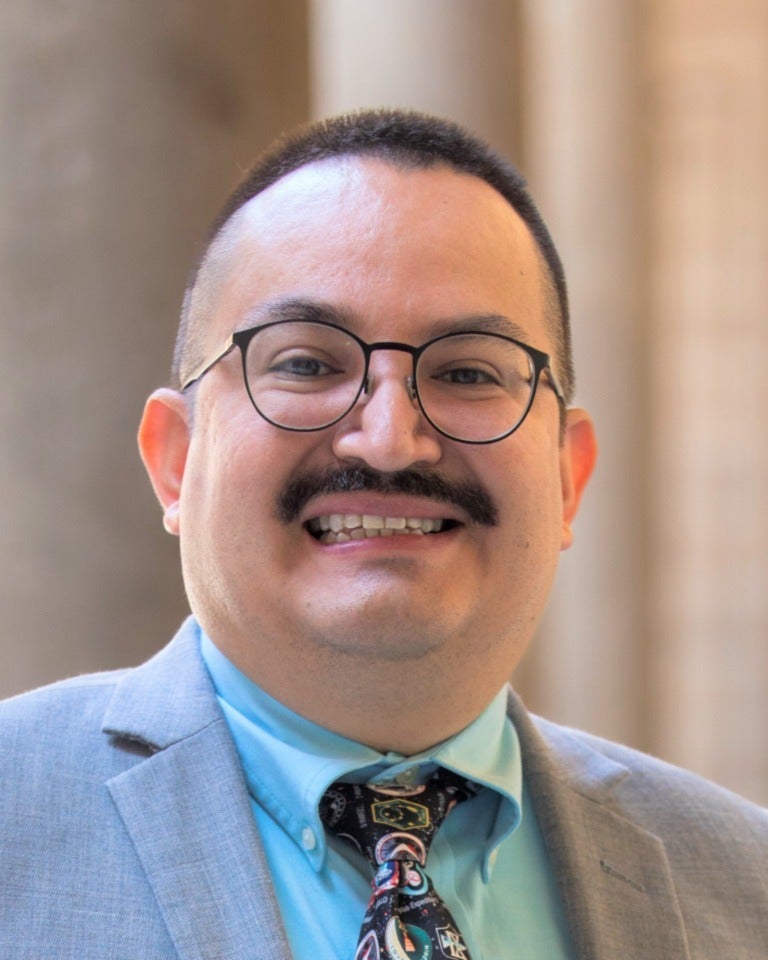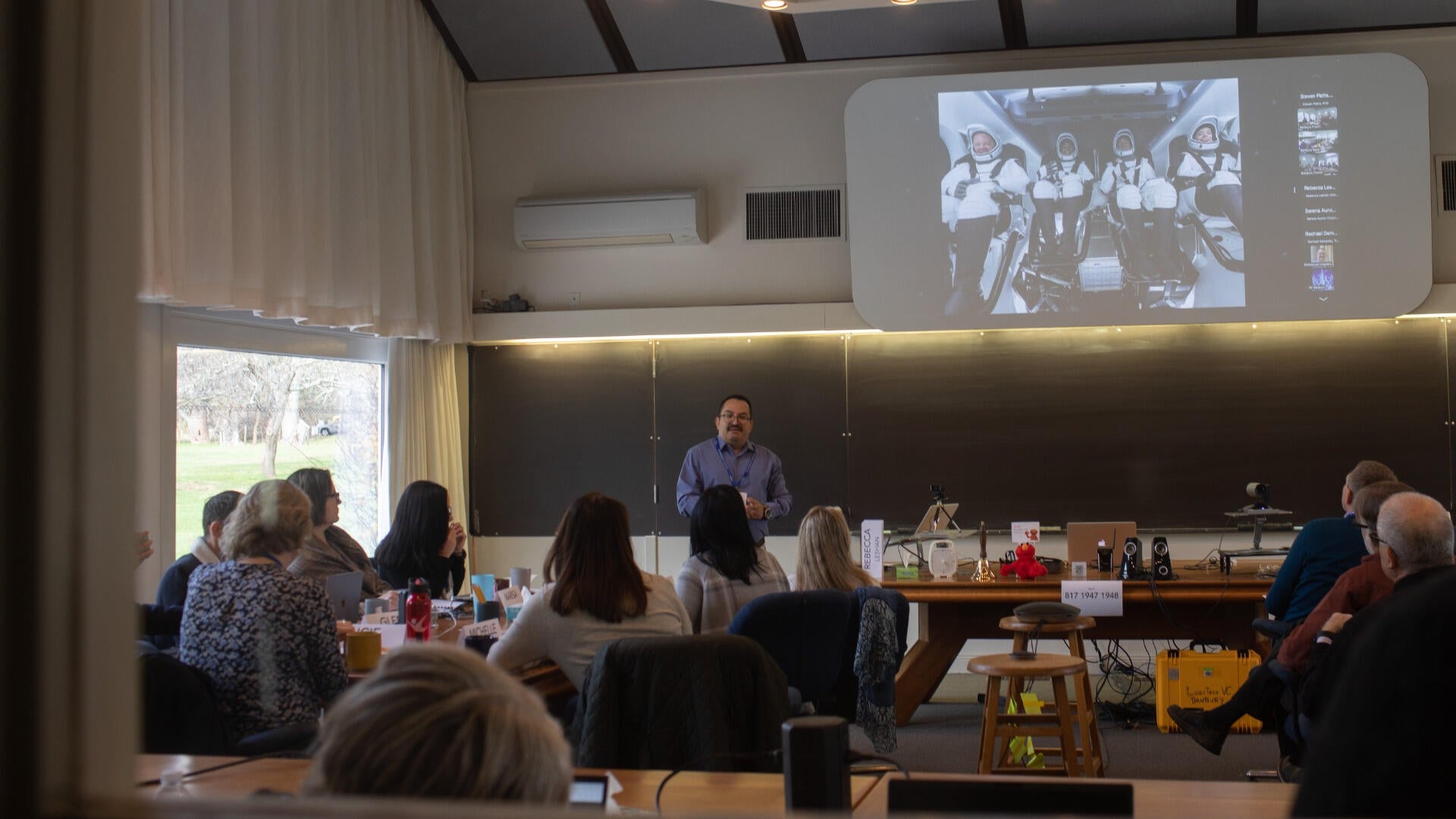In December 2022, the Banbury Center welcomed a range of global experts for “Developing an Ethical Framework for Human Research in Private Spaceflight.” During the meeting, I had the opportunity to sit down with Emmanuel Urquieta Ordonez, M.D., M.S., AFAsMA. Dr. Ordonez is chief medical officer at the Translational Research Institute for Space Health (TRISH), a NASA-funded virtual Institute based at Baylor College of Medicine with consortium partners California Institute of Technology and Massachusetts Institute of Technology. He received his M.D. from Universidad Anahuac in Mexico City, Mexico. We spoke about what led him to his career in space health, and the what the future holds for this unique field.

Can you tell me about what you do in, more or less, two sentences?
My job is to find solutions for the high-priority risks in human spaceflight for missions to the moon, Mars, and recently, with commercial spaceflight, in orbital missions around the earth.
You were a flight surgeon responsible for providing medical care to critically ill patients for an emergency medical system in Mexico City. You were also a test subject for NASA’s Human Exploration Research Analog (HERA) at Johnson Space Center. How did one or both of these experiences inform the work that you are currently doing at TRISH?
When I was working as a flight surgeon, I was in charge of the most critically ill patients in Mexico City, with a population of 20 million and only seven helicopters. So, I learned how to work in a very limited-resource environment with a limited set of medical tools and equipment. It allowed me to think outside the box and helped me to start thinking differently, opening my mind to other possibilities.
When I was part of HERA, I spent 30 days simulating a mission to deep space. This experience allowed me, to some extent, to understand what the astronauts feel when they go into space. Even though it was a simulated spacecraft, we ate the same food as the astronauts and experienced the same temperature, humidity, and lighting conditions. We were fully isolated – no communication. It made my work more relatable to the astronauts that I work with.
What is your favorite part of what you do? What gets you excited to go to work?
It really is different. You get to imagine the solutions that are needed for very challenging problems, some of which do not yet exist. To some extent, you are envisioning the future for healthcare in spaceflight, so it’s pretty exciting.
What are some of the challenges you face in your work?
We work with multiple stakeholders: industry, government, commercial spaceflight. They each move at a different pace and have their own processes and regulations. So, being able to harmonize and work together at the same time is challenging.
What is a common misconception about space health or your work?
A lot of people think, “Why do we worry about space when there’s so many problems on Earth?” When really, space brings a new opportunity to think of out-of-the-box solutions that will solve a lot of the problems here on Earth. Specifically in healthcare, telemedicine is one example. It helped us during COVID and we continue to use it every single day. It has increased access to healthcare in remote and isolated environments. This innovation came to fruition because of spaceflight. I think that spaceflight is an enabling environment to continue developing tools that will increase access to healthcare for populations on Earth.
Is there a recent development in your field that you believe will have a large impact?
In the last year, there has been an exponential increase in the number of civilians traveling to space – in other words, astronauts who are not employed by the government. We have a very diverse population that has been into space. It’s pretty exciting because over the next two years, we will still be seeing an exponential increase. This is very important considering that in the last 61 years of human spaceflight – pretty much the entire history – there has only been roughly 607 people in space. Most of them are white males. As we venture into more challenging missions – going back to the moon, and then to Mars – the medical systems will require very large datasets to train artificial intelligence, and we will need that diverse population to create these datasets for commercial spaceflight.
What is your biggest hope for the future of your field?
I would say the democratization of access to spaceflight, so that is accessible to anyone who wants to go into space – people with disabilities are one example. But it should not only be accessible from a diversity perspective, but a monetary perspective as well. I think we will get there at one point, but it’s something I’d really like to see.
This is your first time at the Banbury Center. What do you think of the meeting so far?
It’s amazing! I think that it is the perfect environment to have open and diverse communication. We have lawyers, physicians, scientists, ethicists – I don’t think any other meeting would have these people under the same roof. The fact that you can be open and express yourself has also made this a great experience.


